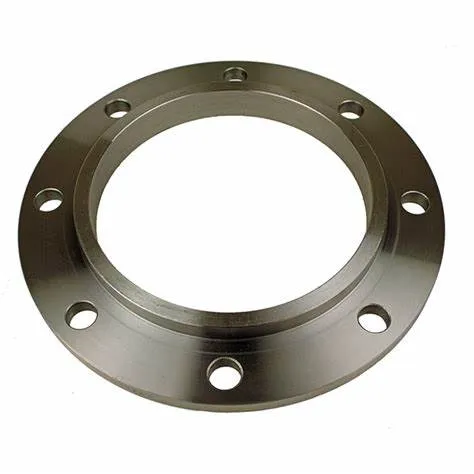-
Cangzhou Yulong Steel Co., Ltd.
-
Phone:
+86 13303177267 -
Email:
admin@ylsteelfittings.com

Nov . 26, 2024 01:58 Back to list
Understanding API 5L Welded Pipe Specifications and Applications for Pipeline Construction
Understanding API 5L Welded Pipes Standards and Applications
API 5L welded pipes are essential components in the oil and gas industry, designed for the transportation of hydrocarbons and other fluids. Managed by the American Petroleum Institute (API), the specifications for these pipes ensure they meet rigorous standards for performance and reliability, making them critical for safe and efficient operations.
API 5L covers seamless and welded steel line pipes that are intended for the transmission of oil, gas, and water in pipelines. The standard outlines two main types of pipes PSL1 (Product Specification Level 1) and PSL2 (Product Specification Level 2). PSL1 is designed for general use with basic quality requirements, whereas PSL2 includes additional testing and technical requirements to enhance the integrity and durability of the pipes. This distinction is crucial, as it allows manufacturers and operators to choose the appropriate specification based on their operational needs.
Understanding API 5L Welded Pipes Standards and Applications
The materials used in the manufacturing of API 5L welded pipes primarily include carbon steel, which is fortified with specific alloys to enhance strength and corrosion resistance. The most common grades produced under this standard are X42, X52, X56, X60, X65, and X70. Each grade signifies an increase in yield strength, thus allowing engineers to select an appropriate grade based on the expected pressures and environmental conditions within the pipeline.
api 5l welded pipe

Another critical aspect of API 5L welded pipes is their versatility. These pipes are employed in various sectors beyond oil and gas, including construction, water supply, and sewage systems. They are particularly favored in areas where high burst and yield strength are crucial, such as in underground or offshore pipelines.
Inspection and quality control play vital roles in the manufacturing process of API 5L welded pipes. To ensure compliance with the stringent requirements laid out by the API, manufacturers conduct multiple tests, including non-destructive testing (NDT), visual inspections, and mechanical property evaluations. These tests help detect any potential flaws, ensuring the pipes can withstand the pressures and stresses encountered during operation.
As the global demand for energy continues to rise, the importance of API 5L welded pipes cannot be overstated. Their ability to safely and effectively transport oil and gas across vast distances makes them a cornerstone of modern infrastructure. Moreover, with advancements in manufacturing technology and materials science, the future of welded pipes looks promising, with enhanced performance characteristics expected to meet the evolving demands of various industries.
In summary, API 5L welded pipes are a critical component of the energy sector, providing the necessary infrastructure for transporting hydrocarbons safely and efficiently. The standards set forth by API ensure that these pipes maintain high-quality performance, reliability, and safety within a range of applications. As industries continue to grow and evolve, so too will the innovations surrounding API 5L welded pipes, securing their role as foundational elements of energy transportation systems worldwide.
Latest news
-
ANSI 150P SS304 SO FLANGE
NewsFeb.14,2025
-
ASTM A333GR6 STEEL PIPE
NewsJan.20,2025
-
ANSI B16.5 WELDING NECK FLANGE
NewsJan.15,2026
-
ANSI B16.5 SLIP-ON FLANGE
NewsApr.19,2024
-
DIN86044 PLATE FLANGE
NewsApr.19,2024
-
DIN2527 BLIND FLANGE
NewsApr.12,2024
-
JIS B2311 Butt-Welding Fittings LR/SR 45°/90° /180°Seamless/Weld
NewsApr.23,2024
-
DIN2605-2617 Butt-Welding Fittings LR/SR 45°/90°/180° Seamless/Weld
NewsApr.23,2024











